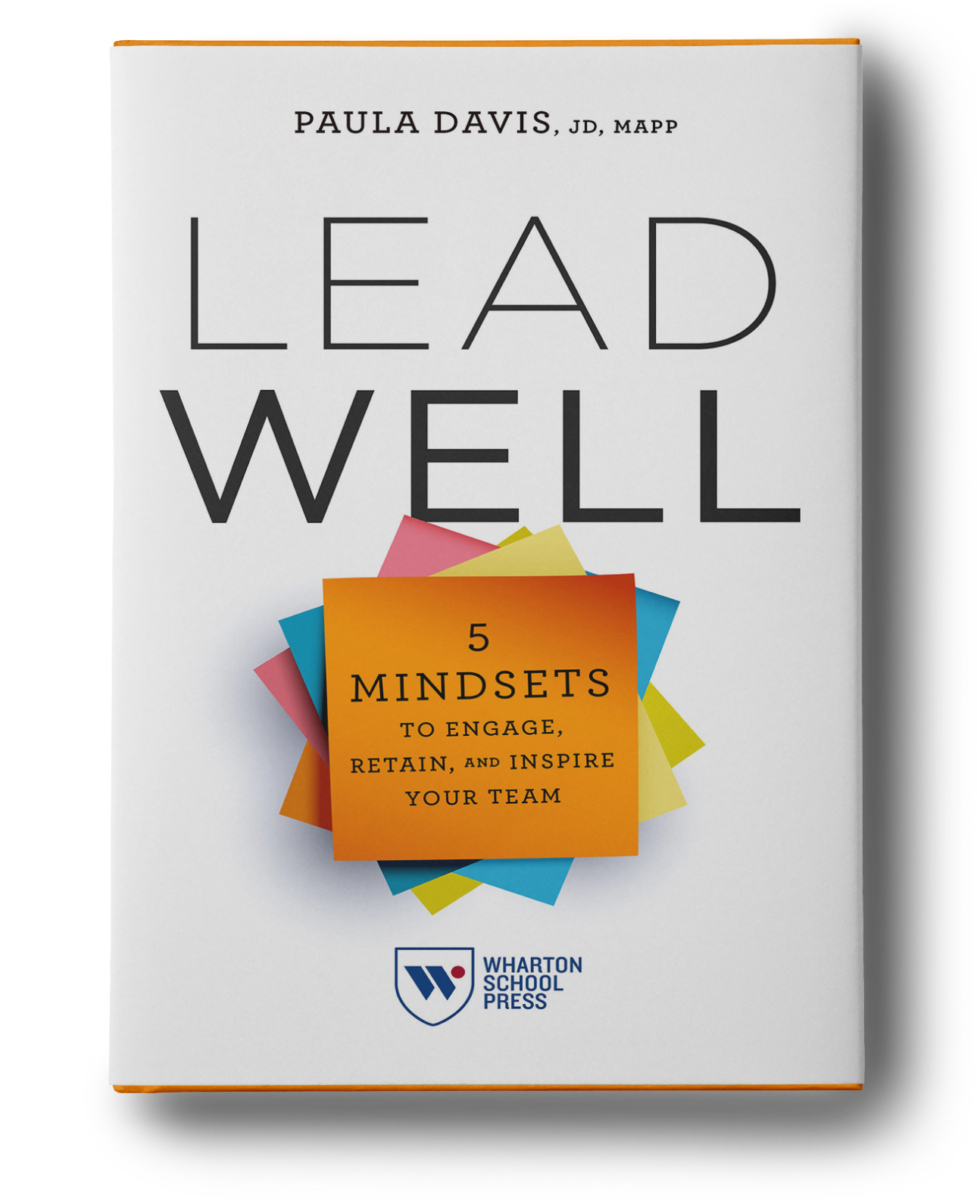Contact Us
How can we help? Let us know today!
ORDER PAULA’S NEW BOOK, Lead Well: 5 Mindsets to Engage, Retain, and Inspire Your Team
Related Posts
Contact Us
How can we help? Let us know today!

Available
NOW
Order Now
Available where books are sold



Order Now
Available where books are sold